How Marine Searchlights are being Integrated with Modern Navigation Systems
Navigation is a critical aspect of maritime operations, ensuring safe passage for vessels of all sizes. While traditional aids such as lighthouses have long guided ships through treacherous waters, modern technology is revolutionizing maritime navigation. Marine searchlights are being seamlessly integrated with modern navigation systems, leveraging advanced technologies to enhance safety and efficiency in maritime operations.
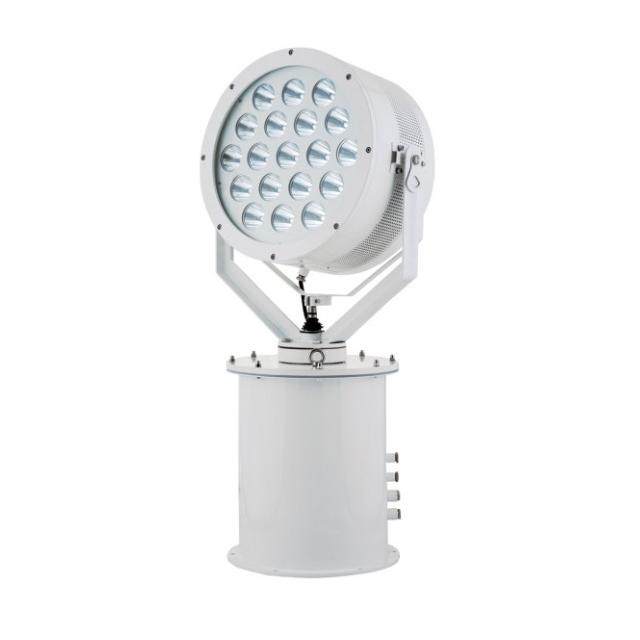
Evolution of Marine Searchlights
Marine searchlights have a rich history dating back to the early days of seafaring when oil lamps and primitive lanterns were used to signal hazards and guide ships into port. Over time, these rudimentary devices evolved into powerful electric searchlights, capable of illuminating vast stretches of the ocean with precision and clarity. Today, modern marine searchlights are sophisticated devices equipped with advanced optics, robust housings, and efficient LED or xenon lamp technologies, offering unparalleled performance in even the most challenging maritime environments.
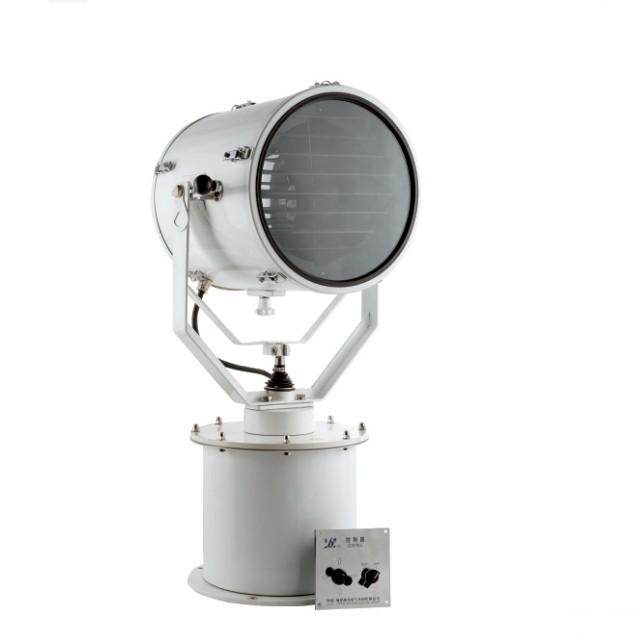
The Integration of Marine Searchlights with Modern Navigation Systems
1. GPS Positioning Integration
Marine searchlights can be equipped with GPS receivers that enable them to synchronize with the vessel’s navigation system. This integration allows searchlights to automatically adjust their direction and intensity based on the vessel’s position, ensuring that critical areas such as navigational buoys, harbor entrances, and offshore structures remain illuminated as the vessel moves.
2. Radar Targeting Capabilities
Advanced marine searchlights can incorporate radar-targeting features, allowing them to track and illuminate specific targets detected by the vessel’s radar system. This functionality is particularly valuable for search and rescue operations and for highlighting potential collision hazards such as drifting debris or other vessels in the vicinity.
3. Wireless Connectivity
Integration with wireless communication networks enables remote monitoring and control of marine searchlights from onboard consoles or shore-based command centers. This connectivity allows operators to adjust searchlight parameters—such as direction, intensity, and beam width—in real-time, maximizing visibility while conserving energy.
4. Collision Avoidance Systems
Marine searchlights can be integrated with collision avoidance systems, such as Automatic Identification Systems (AIS) and radar, to provide early warning of potential hazards and improve navigation safety. By automatically illuminating approaching vessels or navigational hazards, searchlights help mitigate the risk of collisions and ensure safe passage for maritime traffic.
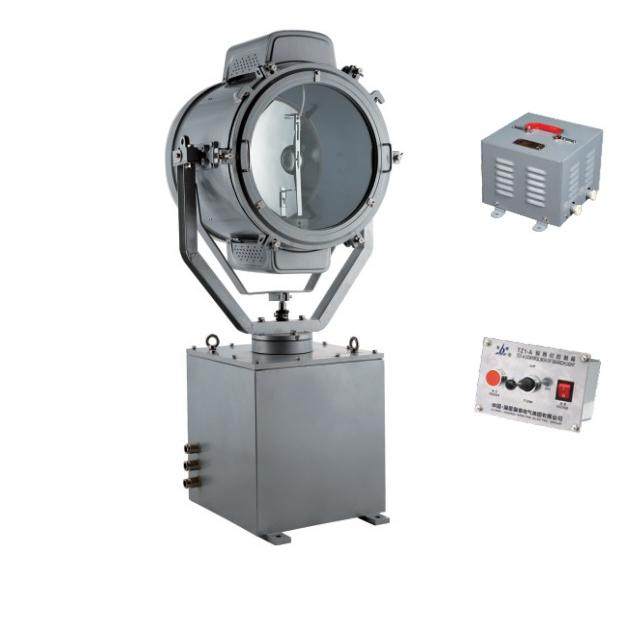
5. Automated Control and Monitoring
Automation features enable marine searchlights to adjust their settings dynamically based on environmental conditions and vessel movements. For example, searchlights may dim or change direction in response to changes in visibility, vessel speed, or the presence of nearby obstacles, enhancing safety and reducing manual intervention.
6. Integration with Electronic Charting Systems (ECS) and Electronic Navigation Displays
Marine searchlights can be integrated with Electronic Charting Systems (ECS) and Electronic Navigation Displays, allowing operators to overlay searchlight information—such as target positions and illumination patterns—onto electronic navigation charts. This integration enhances situational awareness and facilitates more precise navigation in low-light or adverse weather conditions.
7. Energy Efficiency Measures
Integration with modern navigation systems enables marine searchlights to optimize energy consumption while maintaining effective illumination. Smart algorithms and sensors can adjust light output and operating parameters based on environmental conditions, vessel speed, and battery levels, ensuring efficient use of onboard power sources.
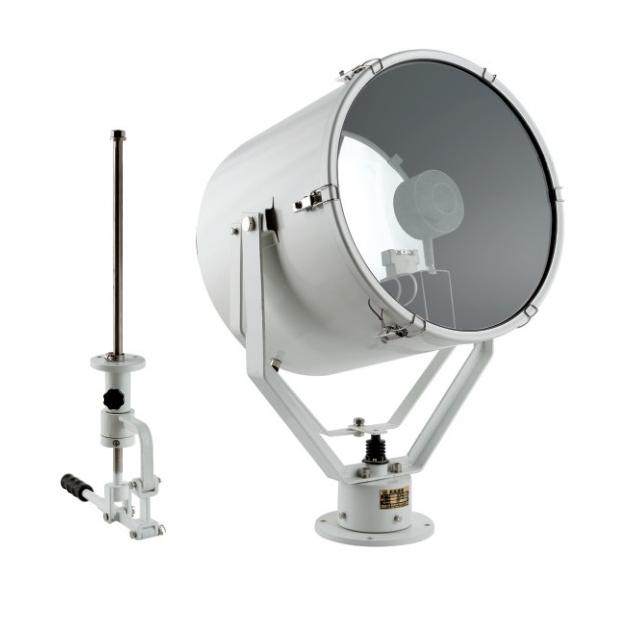
Benefits of the Integration of Marine Searchlights with Modern Navigation Systems
1. Enhanced Visibility
By synchronizing with modern navigation systems, marine searchlights can provide targeted illumination of navigational hazards, critical areas, and nearby vessels. This improves visibility, especially during low-light conditions or adverse weather, reducing the risk of accidents and collisions.
2. Improved Safety
Integrated searchlights help improve safety at sea by providing early detection and warning of potential hazards such as submerged objects, navigational buoys, or other vessels. This allows ship operators to take timely evasive actions and avoid accidents, protecting lives and preventing environmental damage.
3. Optimized Navigation
The seamless integration of searchlights with navigation systems enhances navigational accuracy and efficiency. Operators can rely on illuminated markers and reference points to maintain course, identify safe passages, and navigate through congested or poorly marked areas with confidence.
4. Collision Avoidance
Integrated searchlights aid in collision avoidance by illuminating approaching vessels, navigational hazards, and other potential obstructions in the vessel’s path. This early warning system enables operators to make informed decisions and take corrective actions to prevent accidents and maintain safe distances from other maritime traffic.
5. Remote Monitoring and Control
Integration with modern navigation systems allows for remote monitoring and control of searchlight parameters from onboard consoles or shore-based command centers. Operators can adjust searchlight settings, such as direction, intensity, and beam width, in real-time, maximizing visibility while conserving energy and optimizing performance.
6. Compliance with Regulations
Many maritime regulations require vessels to maintain adequate lighting and visibility, especially during navigation in restricted visibility conditions or congested waterways. Integrated searchlights help vessels comply with these regulations by providing reliable and effective illumination of critical areas and navigational aids.
7. Search and Rescue Support
Integrated searchlights are valuable assets in search and rescue operations, aiding in the detection and location of distressed vessels or individuals in the water. By providing powerful illumination over large areas, searchlights improve visibility for rescue teams and enhance the chances of successful outcomes in emergency situations.
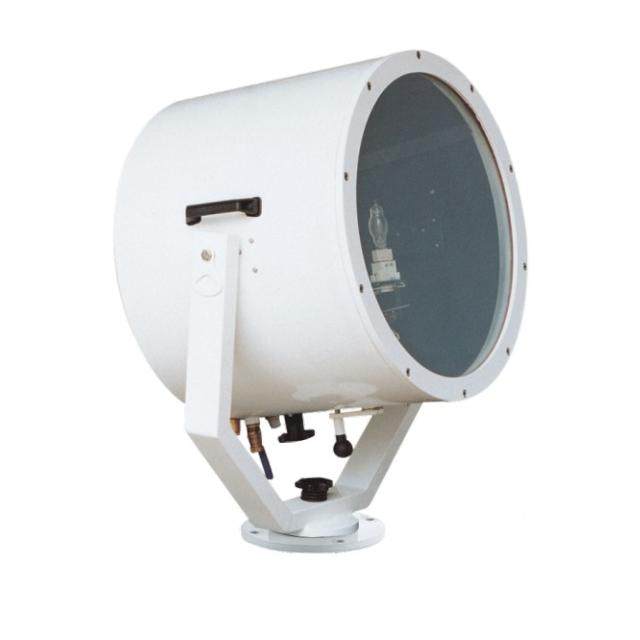
Conclusion
The integration of marine searchlights with modern navigation systems represents a significant advancement in maritime technology, offering enhanced safety, visibility, and operational efficiency for ships navigating at sea. The seamless integration will play an increasingly vital role in shaping the future of maritime navigation, ensuring safe passage for vessels and protecting the lives of seafarers around the globe.

